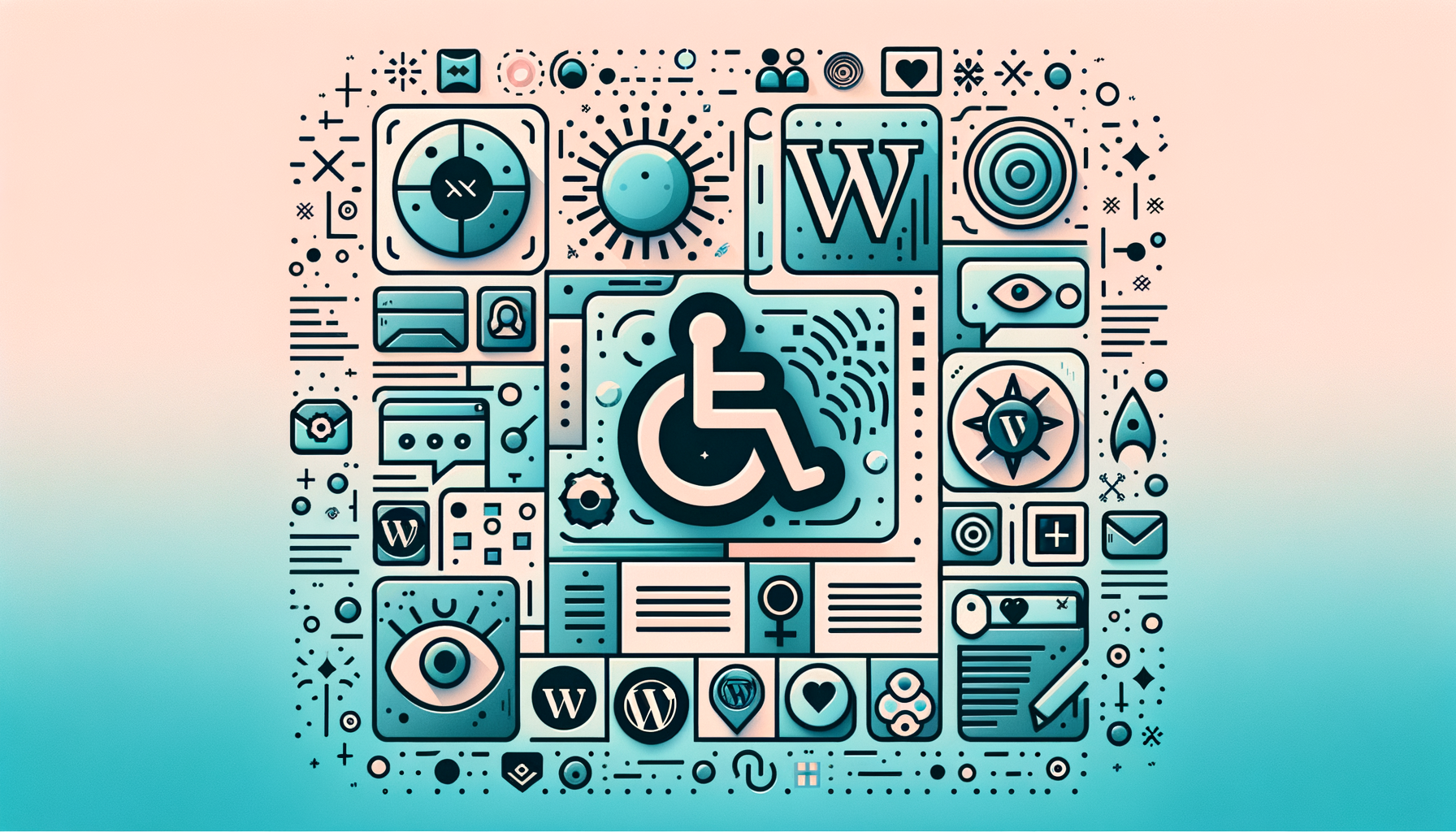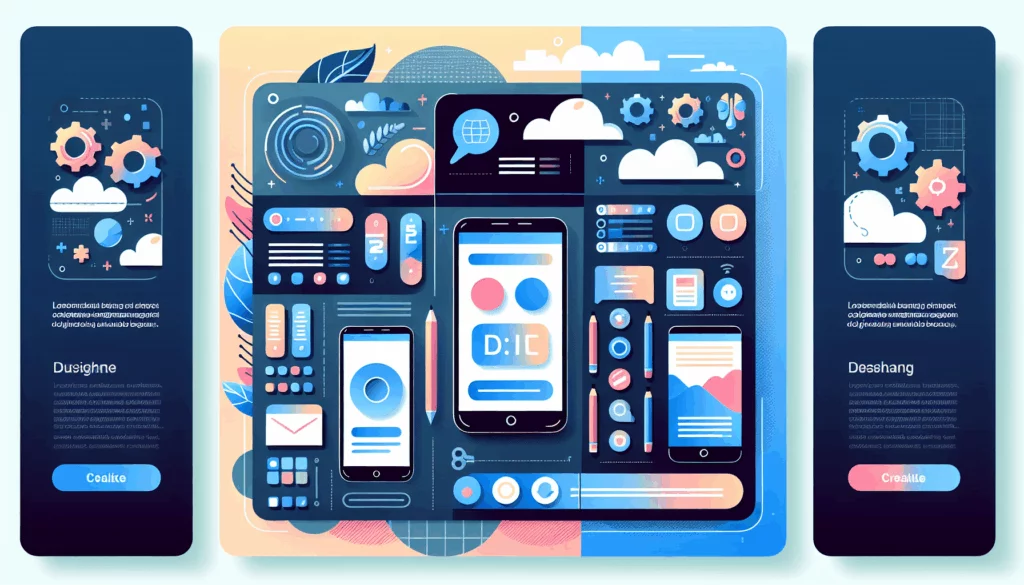
Building Inclusive Experiences: A Guide to Creating Accessible WordPress Forms
In the digital age, ensuring that your website is accessible to all users is not just a moral imperative, but also a legal and business necessity. One of the most critical components of any website is the form, whether it’s a contact form, a registration form, or an e-commerce checkout. Here’s how you can create accessible WordPress forms that comply with international standards and enhance the user experience for all your visitors.
Understanding Accessibility Standards
When it comes to form accessibility, compliance with the Web Content Accessibility Guidelines (WCAG) is crucial. WCAG 2.1 AA is the global standard for web accessibility, and ensuring your forms meet these guidelines is essential for inclusivity and legal compliance.
Choosing the Right Form Plugin
Selecting a WordPress form plugin that is built with accessibility in mind can significantly simplify the process. Here are some top recommendations:
Gravity Forms
Gravity Forms is highly regarded for its commitment to accessibility. It includes detailed screen reader feedback, warnings in the Admin area about fields with accessibility problems, and ensures that forms are WCAG 2.1 AA compliant. Gravity Forms also provides extensive documentation on how to build accessible forms, making it a go-to choice for many developers.
WS Form
WS Form is another excellent option that excels in creating accessible forms by default. It includes necessary aria attributes, labels, and keyboard navigation, ensuring that forms are accessible out of the box. WS Form also offers tools for creating custom ARIA labels and features conversational forms that guide users through the form one field at a time.
WPForms
WPForms is a popular choice with over 5 million active installations. It passes all accessibility checks offered by Google’s Lighthouse tool and includes proper aria attributes and keyboard navigation. WPForms is beginner-friendly and offers over 1300 pre-built form templates.
Key Elements of Accessible Forms
Creating accessible forms involves several key elements:
Clear Language and Descriptive Labels
Ensure that your form fields have clear and descriptive labels. This helps users understand what information is required and makes the form easier to navigate, especially for those using screen readers.
Proper HTML Markup
Using proper HTML markup is essential for accessibility. Ensure that your form fields are correctly labeled and that aria attributes are used where necessary. Plugins like WS Form and Gravity Forms handle much of this behind the scenes, but it’s important to understand the basics.
Color Contrast
The colors used on your form must have sufficient contrast between the foreground and background. Poor color contrast can make forms difficult to read, especially for users with visual impairments. Use tools like the WebAIM Color Contrast Checker to ensure your colors meet accessibility standards.
Keyboard Navigation
Ensure that your form can be navigated using only the keyboard. This is crucial for users who cannot use a mouse. Most modern form plugins, including WPForms and Forminator, support keyboard navigation out of the box.
Best Practices for Form Design
Inform Users on What to Expect
Provide clear instructions for each field and let users know what stage they are at in multi-step forms. This clarity helps reduce frustration and improves the overall user experience.
Avoid CAPTCHAs
CAPTCHAs can present significant accessibility problems. Instead, use anti-spam plugins that run in the background or invisible honeypot fields to prevent spam without hindering accessibility.
Conditional Logic
If your forms use conditional logic, ensure it does not impact accessibility. For example, never use conditional logic to hide the “Submit” button, as this can confuse users relying on screen readers or keyboard navigation.
Customizing Your Forms for Accessibility
Using the WordPress Customizer
Many form plugins, including WS Form, integrate with the WordPress Customizer. This allows you to adjust colors, typography, borders, and other settings to ensure your forms meet accessibility guidelines. Be sure to test your color choices with accessibility tools to ensure they have sufficient contrast.
Creating Conversational Forms
Conversational forms, available in WS Form Pro, present fields one at a time, helping users focus on each field without distraction. These forms are full-screen, allowing for larger print and easier navigation.
Real-World Examples and Case Studies
Belov Digital Agency’s Approach
At Belov Digital Agency, we prioritize accessibility in all our projects. For instance, when building a contact form for a client, we use Gravity Forms to ensure WCAG compliance and provide clear, descriptive labels for each field. We also ensure that the form can be navigated using only the keyboard and that color contrast meets accessibility standards.
Success with WS Form
One of our clients needed a complex form with conditional logic and multiple steps. We used WS Form to create a conversational form that guided users through each step, ensuring that the form was both accessible and user-friendly. The result was a significant reduction in form abandonment rates and improved user satisfaction.
Hosting and Performance Considerations
While accessibility is crucial, it’s also important to ensure your website’s performance does not suffer. Using a reliable hosting service like Kinsta can help maintain high performance levels even with complex forms.
Conclusion and Next Steps
Creating accessible WordPress forms is a multifaceted task that requires careful attention to detail but is well worth the effort. By choosing the right form plugin, following best practices, and customizing your forms for accessibility, you can ensure that your website is inclusive and user-friendly for all visitors.
If you need help creating accessible forms or have any questions about web accessibility, feel free to Contact Us at Belov Digital Agency. We are here to help you build a website that is both accessible and engaging.
By prioritizing accessibility, you not only comply with legal standards but also enhance the user experience, improve SEO, and reach a broader audience. Start building inclusive forms today and see the positive impact it can have on your website and your users.













